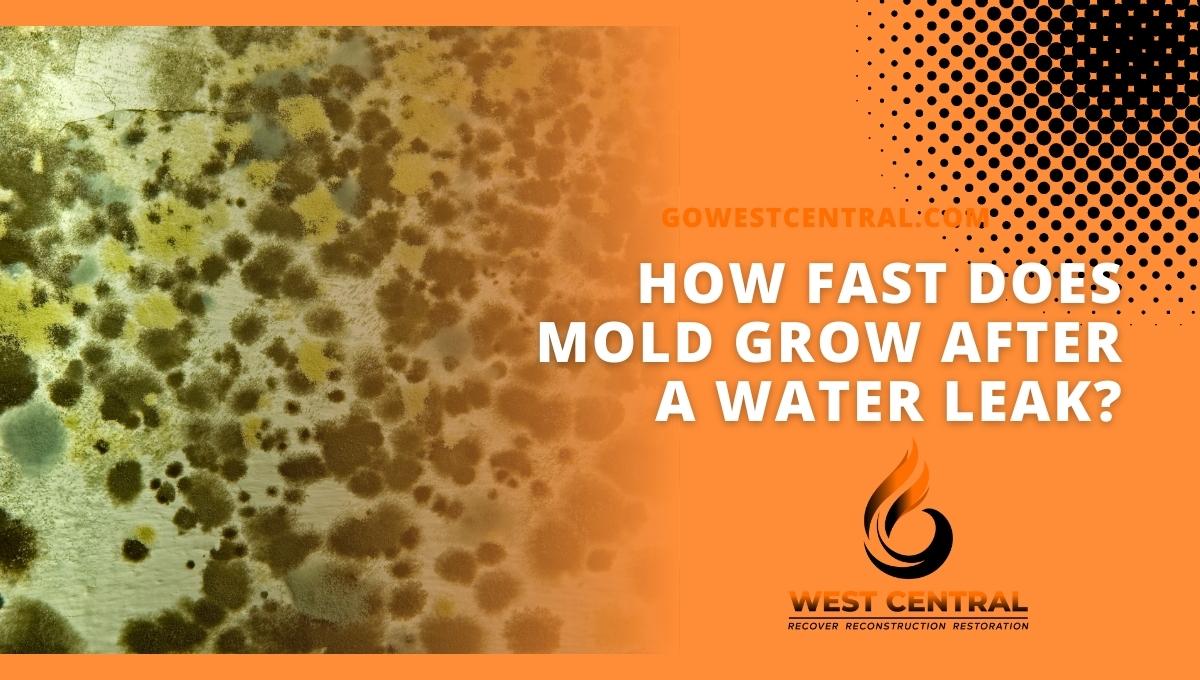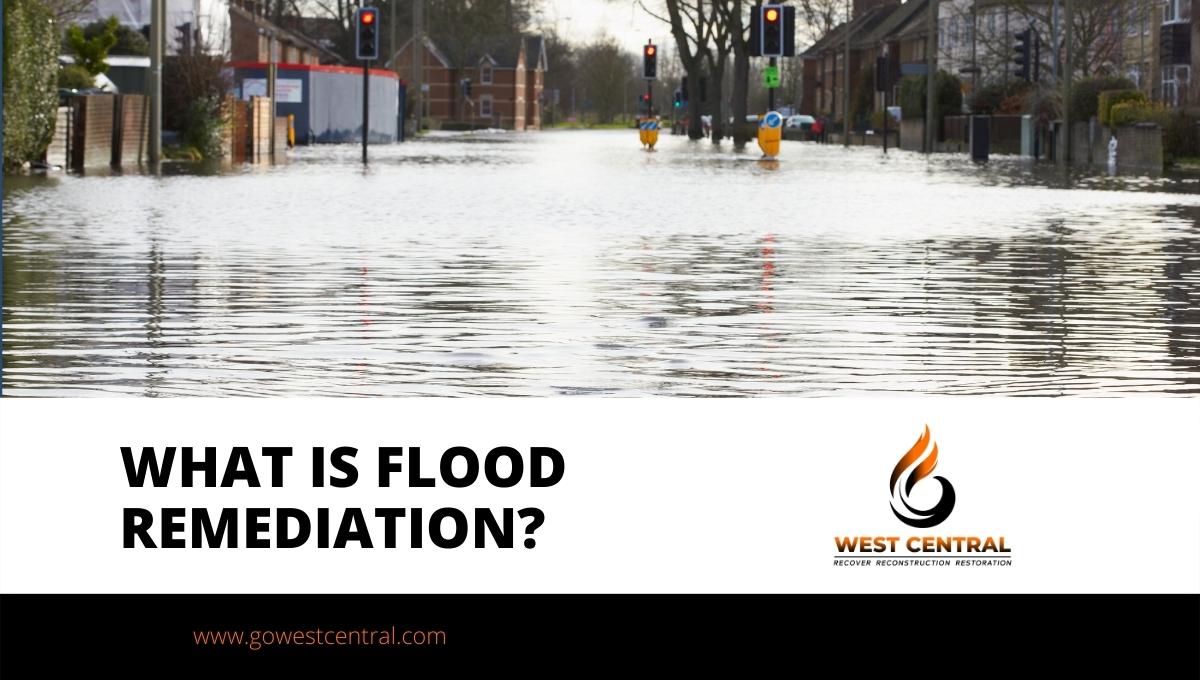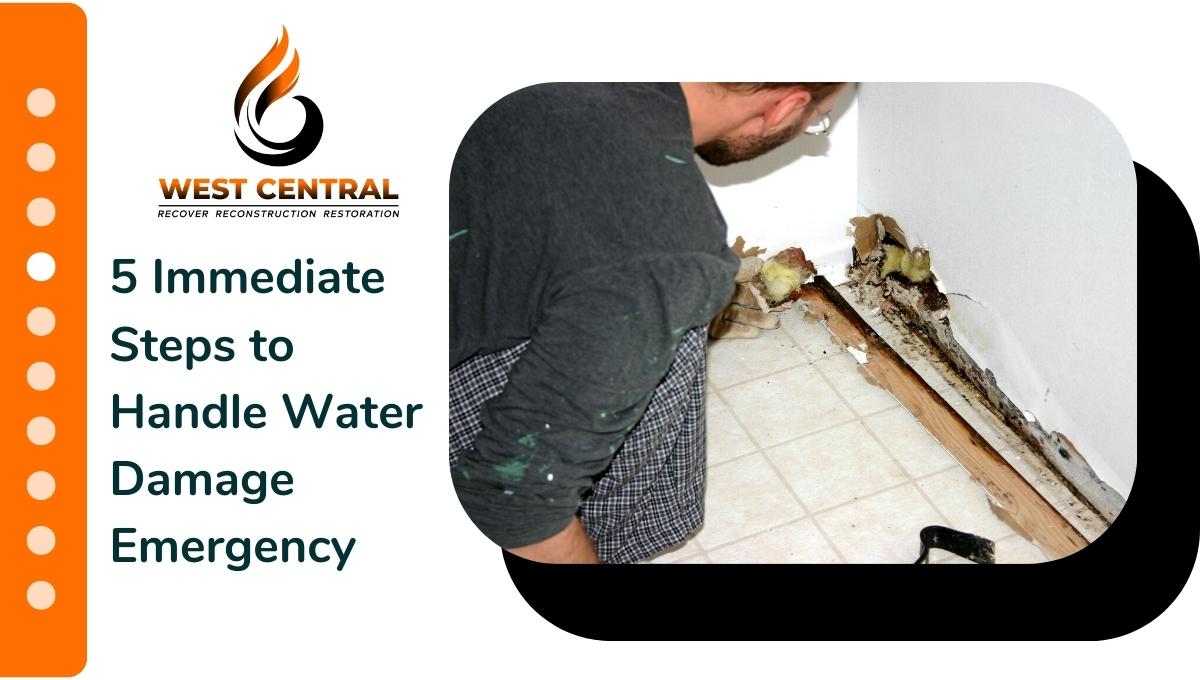 You may not expect it. But one day, somehow, it’s very likely that a water damage emergency will impact your property.
You may not expect it. But one day, somehow, it’s very likely that a water damage emergency will impact your property.
For most homes, water damage emergencies occur during floods or storms. However, such emergencies may also arise due to plumbing issues or leakages that go on for several hours.
When it occurs, water damage can be devastating. It not only threatens the value of your property, but it can also make it unsafe for the occupants. Plus, it can potentially result in massive structural damage and inflated repair costs.
What steps should you take to handle a water damage emergency?
You can never exactly predict or prepare for when and how it might arise. Nevertheless, a prompt response is vital to preventing further damage water can cause.
In case of water damage emergency, make sure to:
- Quickly identify and fix the source of the water
Prevention is key. The quicker you can stop the inflow of water into your home, the more potential damage you can prevent.
So when there is a leakage in your home, the first step you should take is to identify and locate the source of the water.
If the water comes from a pipe, shut off the valves. And if it is due to flooding, take the necessary measures to protect your home from the flood.
- Evacuate the occupants of your property to a safe area
If the amount of water involved poses any risk to human life, you should make sure that all the occupants of the home are evacuated and taken to a safer building or area.
You should also safely switch off power to the property and unplug all electrical devices to eliminate the risk of electrocution. Remember, electricity conducts through water and can be fatal.
- Protect valuable items
One of the problems associated with water leakage and flooding is loss or destruction of valuable items. So if you can get inside your property after water damage, then you should prioritize protection of your precious items from soaking water and being damaged.
Move your furniture from affected areas to protect them from potential mold growth. Also, dry various items, such as carpets, clothing and curtains, thoroughly to prevent mildew.
- Contact your insurance company
Water damage can cause huge losses. And you’ll need your homeowner insurance provider to help you recover various items lost during the emergency.
It is advisable that you call your insurance provider as soon as a water damage emergency arises. Ask the provider about the steps you should take and what they expect from you.
The company is likely to send a claims adjuster to your home immediately. The adjuster will assess the damage, estimate the losses, and recommend a settled claim for compensation.
Thoroughly document the damages through photos and videos in order to make a compelling claim that will help make your case. As the claim progresses, consider keeping the receipts and all the records of the proceedings with the insurance company.
- Clean and restore your home
The extent of cleaning and restoration will depend on the amount of damage. For a small, manageable damage, you can simply involve yourself and family. Make sure all of the cleaning is prompt and thorough in order to prevent further damage and the growth of mold.
For a massive water damage emergency, a lot of effort and time may be required to restore your home. So it’s advisable to involve professionals to assist with the restoration as soon as is practicable.
Professional technicians are skilled in salvaging valuable items, replacing carpets, flooring and wooden surfaces, and assessing water damage, including water that gets into hidden places.
At West Central Equipment and Restoration, we offer water damage restoration services designed to address all manner of emergencies.
We understand the fundamentals of assessing water damage, fixing leakages, extracting flood water, salvaging items, repairing and restoring affected areas as well as preventing mold growth.
For more information on emergency water damage restoration, visit the site “West Central Equipment and Restoration.”

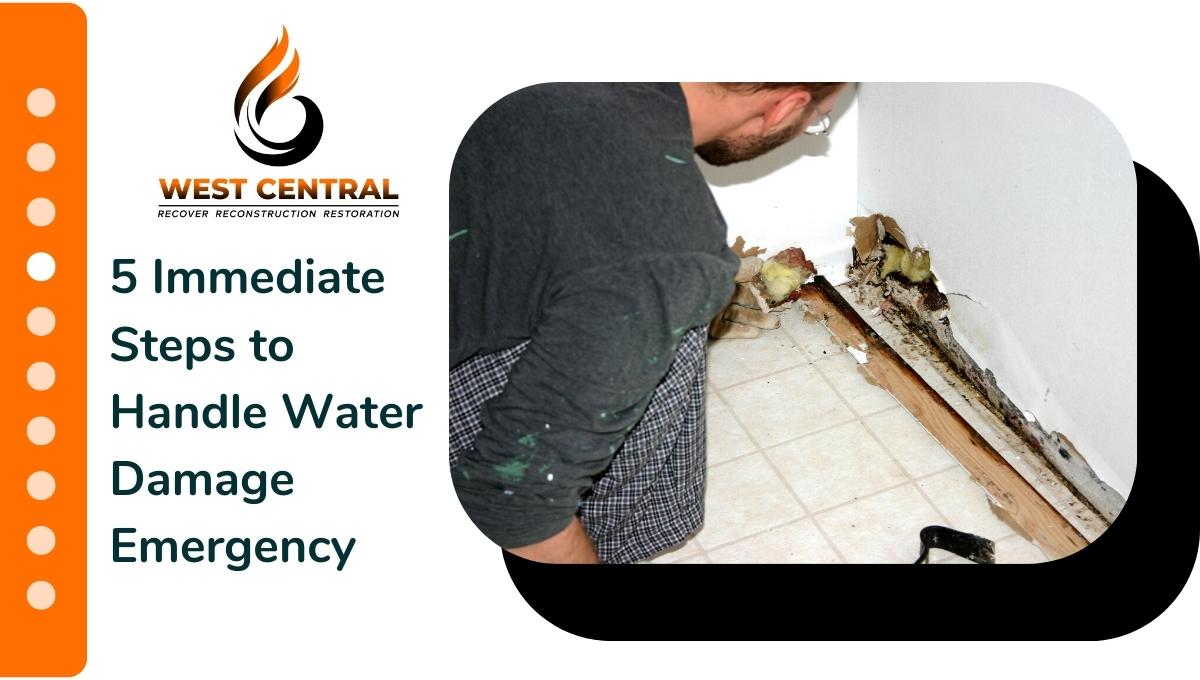
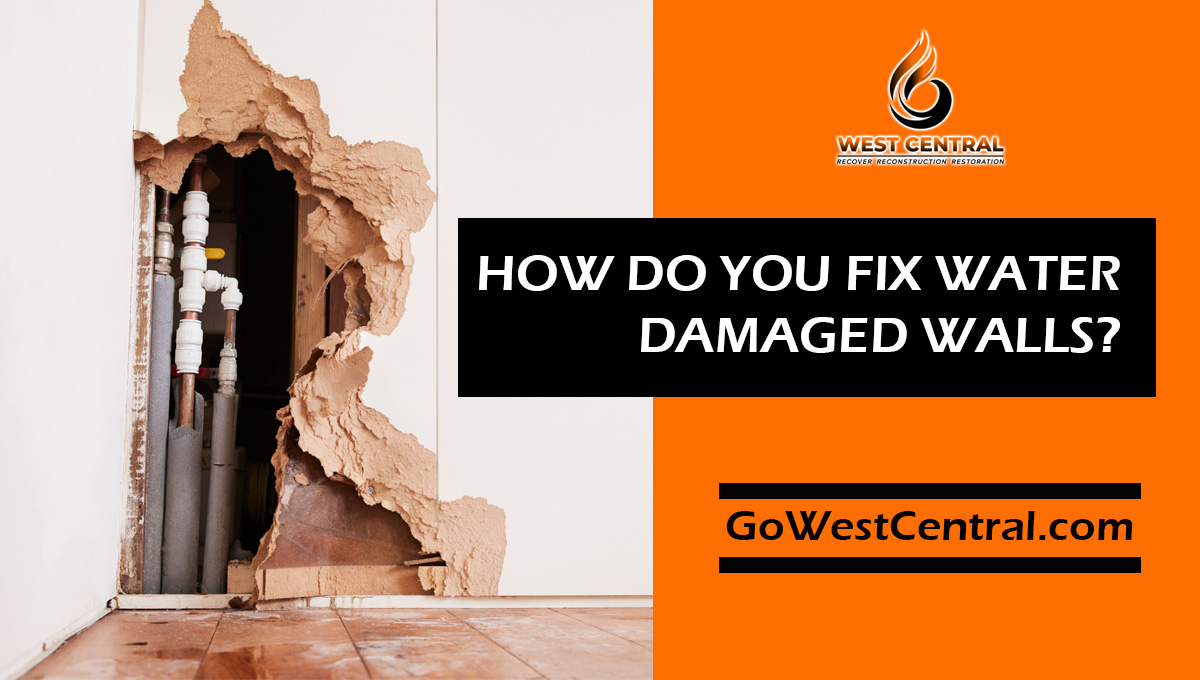
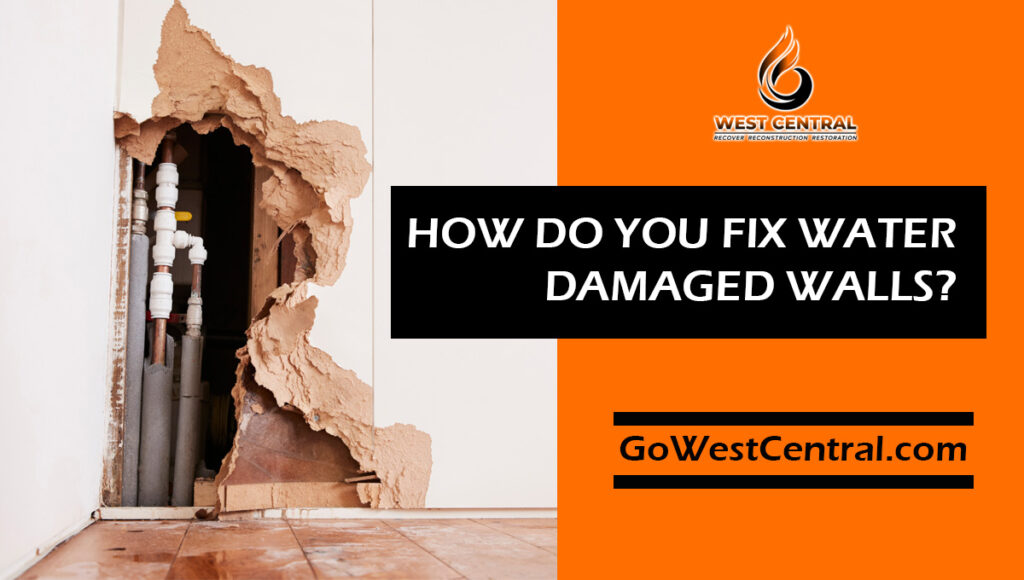

 A fire outbreak in your property carries with it a huge destructive power. In a matter of minutes, it can burn up all your possessions. And in most cases, you will have to throw away quite a number of items that are irrecoverably damaged.
A fire outbreak in your property carries with it a huge destructive power. In a matter of minutes, it can burn up all your possessions. And in most cases, you will have to throw away quite a number of items that are irrecoverably damaged.

